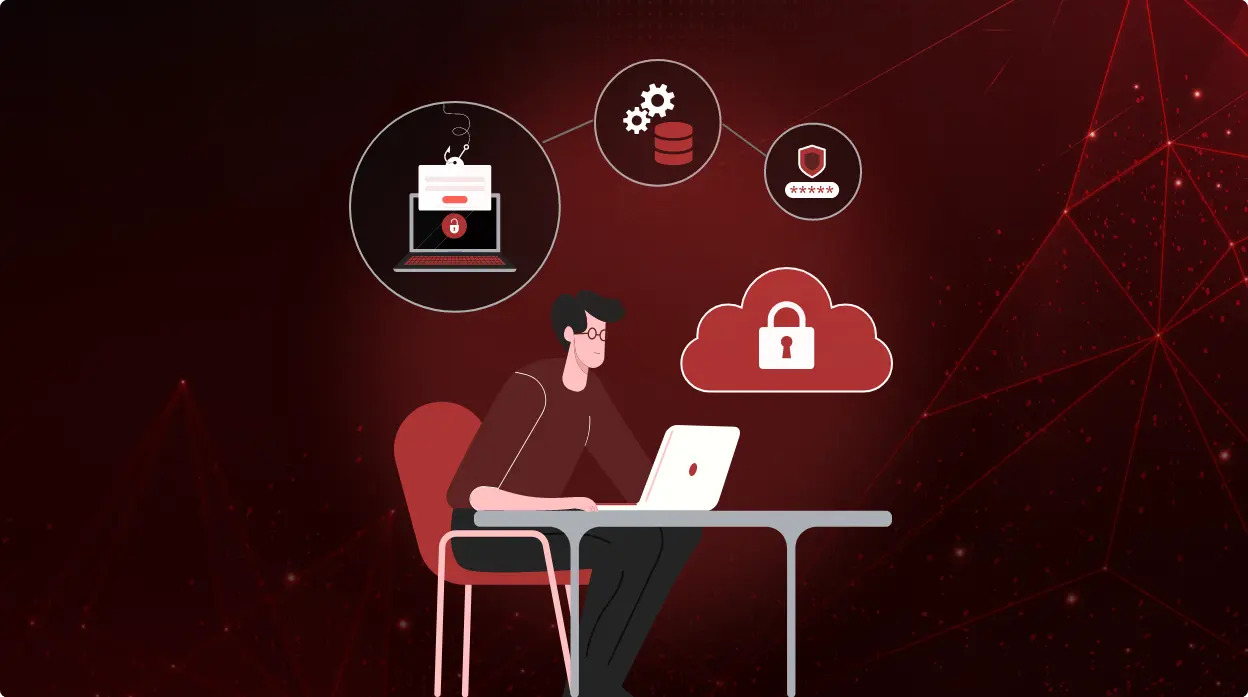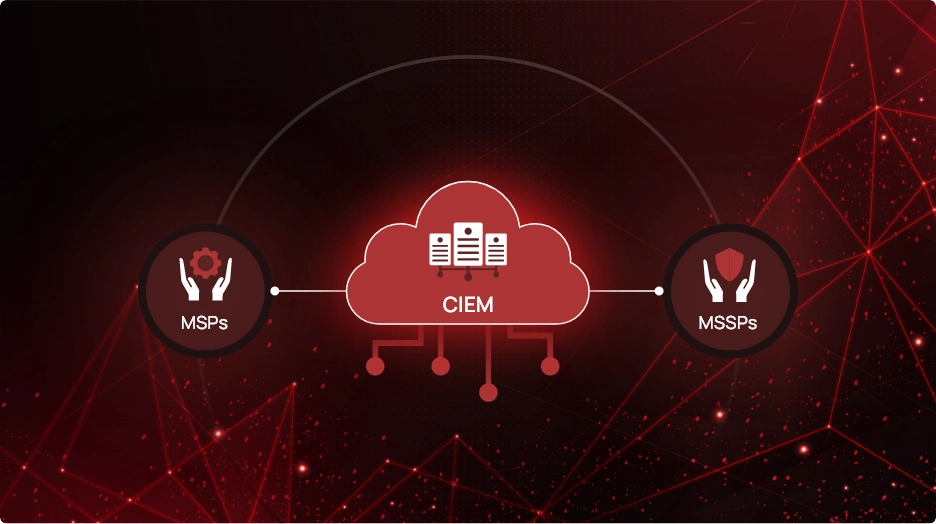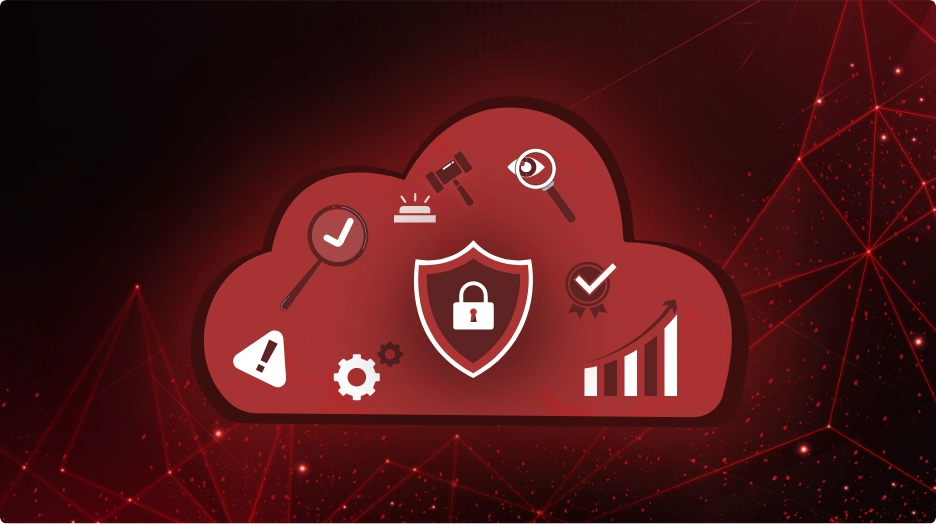Managing the SaaS and cloud permissions gap

Companies increasingly rely on cloud services and SaaS applications to operate efficiently. These platforms require managing a multitude of user identities, encompassing both human users and automated processes (workload identities). Managing permissions for these identities is crucial to ensure that each user or process has access only to the resources they need, minimizing security risks and operational inefficiencies.
Recent findings by Microsoft highlight the growing challenge in this area. According to their report, workload identities now outnumber human identities by a staggering ratio of 10:1. Even more concerning is the fact that only 1% of the permissions granted to these identities are actually used. This significant gap between granted and used permissions indicates a widespread issue of overprovisioning, where identities are given more access than necessary.
Understanding the SaaS and cloud permissions gap
The “permissions gap” in SaaS and cloud environments refers to the difference between the permissions granted to user and machine identities and the permissions actually used. In many organizations, identities are often overprovisioned with more access rights than necessary.
Implications of the permissions gap
- Data breaches: Unused permissions create potential entry points for cyber attackers. If a malicious actor gains access to an overprovisioned identity, they can exploit the excessive permissions to access sensitive data, move laterally across the network, or escalate their privileges.
- Operational concerns: Managing an excess of permissions complicates identity management processes. It becomes harder to track and audit permissions, leading to potential non-compliance with regulatory requirements. Moreover, the clutter of unnecessary permissions can slow down incident response times.
- Resource wastage: Allocating and maintaining excessive permissions consumes IT resources, both in terms of system capacity and administrative effort.
The importance of Cloud Infrastructure Entitlement Management (CIEM)
Cloud Infrastructure Entitlement Management (CIEM) plays a crucial role in monitoring and managing cloud entitlements. CIEM tools continuously track and analyze the permissions assigned to each identity within the cloud environment. This ongoing monitoring helps organizations understand who has access to what resources and ensures that these permissions align with the principle of least privilege. CIEM tools can automatically detect and flag any deviations from established policies, making it easier to manage entitlements effectively.
One of the primary benefits of CIEM is its ability to reduce the attack surface. By ensuring that identities only have the permissions they truly need, CIEM minimizes the number of potential entry points for attackers. This is especially important in cloud environments, where the number of identities can be vast and constantly changing. With CIEM, organizations can swiftly adjust permissions as roles and requirements change, ensuring that no identity has unnecessary access.
Managing SaaS permissions with SaaS Security Posture Management (SSPM)
SaaS Security Posture Management (SSPM) is essential for providing visibility and control over SaaS application permissions. SSPM tools give organizations a clear view of who has access to what within their SaaS applications. This visibility is crucial because it helps identify any overprovisioned or unused permissions that could pose a security risk. By understanding the current state of permissions, organizations can ensure that access is held only by the required personnel or identity within the organization.
One of the primary functions of SSPM is to identify and mitigate risks associated with excess permissions in SaaS applications. SSPM tools continuously monitor the permissions assigned to each user and application. They can detect when permissions are granted but not used, signaling potential overprovisioning. By identifying these excess permissions, organizations can take steps to remove or adjust them.
SSPM also plays a vital role in defining and enforcing policies for SaaS permissions. Organizations can establish policies that dictate who should have access to specific SaaS applications and what level of permissions they should have. SSPM tools help enforce these policies by automatically adjusting permissions to comply with the defined standards. This ensures that all permissions align with the principle of least privilege, where users have only the access they need to perform their roles effectively.
CheckRed’s comprehensive solution
CheckRed’s Cloud Native Application Protection Platform (CNAPP) offers a complete solution for securing cloud environments. The platform includes several key components:
- Cloud Security Posture Management (CSPM): Ensures that cloud resources are configured correctly and comply with security policies.
- Cloud Infrastructure Entitlement Management (CIEM): Manages and monitors permissions to ensure the principle of least privilege.
- Cloud Workload Protection Platform (CWPP): Protects workloads across different cloud environments, securing applications and data.
It also offers SaaS Security Posture Management (SSPM) in the same platform, providing visibility and control over SaaS application permissions, ensuring they align with security policies.
CheckRed’s comprehensive approach integrates these components into a single, unified platform, offering a holistic security solution. This integration allows for seamless monitoring and management of identities, permissions, and configurations across both cloud and SaaS environments. Security teams get the benefit of simplified security operations, providing them a centralized view of the organization’s security posture.


